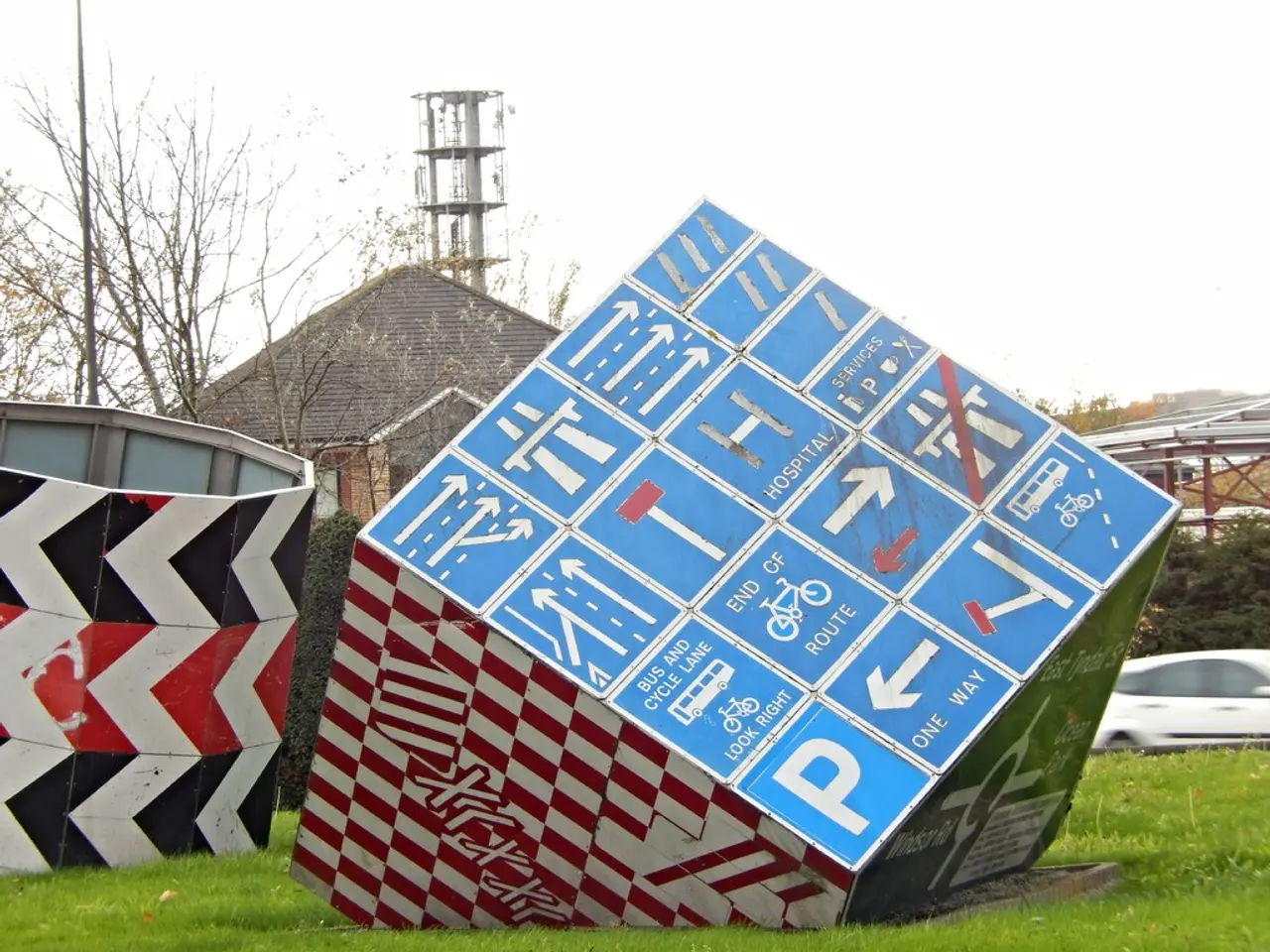Undiscovered Nooks of Lisbon: Hidden Spots Worth Discovering
Exploring Lisbon Beyond the Mainstream: Hidden Gems and Off-the-Beaten-Path Sites
Lisbon, the vibrant capital of Portugal, is renowned for its rich history, stunning architecture, and delicious cuisine. While popular tourist destinations like LX Factory, the National Pantheon, the National Tile Museum, Fronteira Palace, and Monsanto Park are must-sees, there are several less touristy sites worth visiting to truly immerse oneself in the city's unique charm.
One such hidden gem is the Castelo de Almourol. This medieval castle, built in the 12th century and historically controlled by the Knights Templar, sits on a small islet in the Tagus River near Lisbon. A short boat ride takes visitors to explore its fortified walls and towers, offering a unique, off-the-beaten-path experience with great river views.
Jardim do Torel, a 19th-century garden located above Andrade Street, is another peaceful retreat. Featuring tranquil green space and panoramic views of Lisbon, it provides a quieter alternative to busy city parks.
For film enthusiasts, the Cinema Museum (Cinemateca) is a niche museum dedicated to the history of cinema. Its collections include pre-cinema apparel, magic lamps, and an interactive exhibition showcasing film-making processes, making it a unique cultural spot for those seeking less usual museums.
Jardim Bordallo Pinheiro is an unconventional garden filled with giant porcelain sculptures of shellfish, mushrooms, animals, and insects by artist Rafael Bordalo Pinheiro. Its bizarre and artistic installations make for a distinctive and lesser-known attraction in Lisbon.
Exploring the hidden courtyards, colorful tiled houses, and quieter lanes of Alfama District offers an authentic experience of Lisbon’s oldest neighborhood. Ambient Fado music adds to the charm, providing a more tranquil and less touristy alternative to the typical routes.
Monsanto Park, Lisbon's green lung, offers a dream spot for those seeking to escape the urban bustle. The park features hiking trails, bike paths, picnic areas, children's play areas, and spaces dedicated to biodiversity.
The National Pantheon, located in the Santa Clara neighborhood, is a Baroque building housing the final resting place of important Portuguese figures, such as presidents and writers. While it may be less frequented by tourists compared to Lisbon's famous viewpoints, its dome offers a breathtaking view of the city, including the Tagus River and the Alfama neighborhood.
LX Factory, under the 25th of April Bridge in Alcântara, is a former industrial complex transformed into a cultural hub. Known for its vibrant street art murals, it's a favorite among street art enthusiasts. Every Sunday, LX Factory hosts an open-air market attracting locals and offering a mix of vintage fashion, crafts, and local products.
The Palace of the Marquis of Fronteira, located in the Benfica neighborhood, is one of Lisbon's least-visited palaces. Still inhabited by the descendants of the Fronteira family, some parts are open to visitors. The palace's garden is adorned with fountains, sculptures, and azulejos depicting mythological and historical scenes, making it a hidden gem perfect for those seeking a moment of tranquility away from the city center's bustle.
Lastly, the National Tile Museum, located in a 16th-century former convent, showcases the history of Portuguese azulejos from the 15th century to the present day. The museum houses exceptional artworks, including a massive panel depicting Lisbon before the 1755 earthquake.
These suggestions provide a mix of history, nature, art, and local culture away from the more crowded, mainstream attractions, allowing for a richer and more tranquil Lisbon visit.
In-flights to Lisbon may offer opportunities to discover the city's unique lifestyle through its diverse attractions. A visit to the off-the-beaten-path sites like the Castelo de Almourol, Jardim do Torel, Cinema Museum (Cinemateca), Jardim Bordallo Pinheiro, hidden courtyards, and quieter lanes of Alfama District, and the Palace of the Marquis of Fronteira provide an authentic and peaceful travel experience beyond the mainstream.
For those seeking a distinctive and less touristy attraction, the unconventional garden of Jardim Bordallo Pinheiro filled with giant porcelain sculptures is a must-visit. Similarly, the National Tile Museum, housed in a 16th-century former convent, showcases remarkable works from Portuguese azulejos, providing a more tranquil and enriching cultural exploration.





